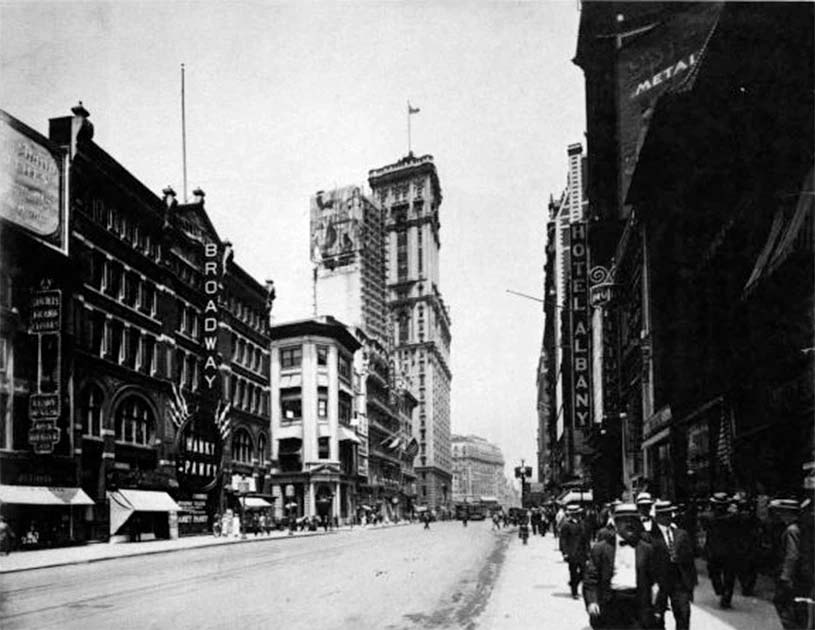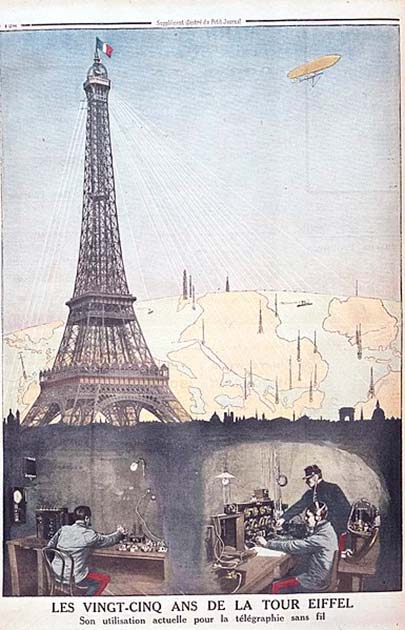Victor Lustig was a notorious con artist who lived a life of deception and luxury. Known as the “Man who sold the Eiffel Tower,” Lustig duped wealthy individuals and even governments into believing his elaborate schemes.
He traveled the world, charming his victims with his confidence and charisma, and leaving a trail of deceit in his wake.
What drove such an obviously brilliant man to the life of a con artist? Why did he set out to scam the world, and how did he succeed?
Who was Victor Lustig?
Lustig was born on January 4, 1890, in Hostinne, Austria-Hungary. From an early age, it was clear that Lustig was both incredibly bright and incredibly prone to getting himself in trouble.
By the time he was 19 Lustig was studying in Paris. When not studying he was gambling and seducing the local French girls. This latter hobby earned him a scar on the left side of his face from a jealous boyfriend.
After leaving school, Lustig quickly turned to a life of crime. He used his higher education and knowledge of several languages to create a variety of scams and cons which quickly began earning him a small fortune. In no time at all, he had become a professional con man.
Most of his early scams were carried out on ocean liners sailing between France and New York. He would target rich travelers posing while as a music producer seeking investment in a fake Broadway production. It was the perfect scam. He had a captive audience of “marks” and by the time they realized they had been scammed; the cruise was over and Lustig had disappeared.

When these ocean liners were suspended during WW1 Lustig moved on to different cons. He moved to the United States and began targeting bigger marks, like banks. This quickly earned him a level of infamy amongst America’s law enforcement agencies.
Selling the Eiffel Tower, Twice
With the heat around him rising in America Lustig decided to move back to France in 1925. He quickly came across the inspiration for his next scam. He learned from a newspaper article that there was increasing controversy over France’s newest landmark: the Eiffel Tower.
- Michelangelo’s Fakes: Was the Artist A Fraud Before He Was A Master?
- Sealand Skull: Horse, Hoax or Something Else?
The famous tower was by this point several decades old and falling into disrepair, and Paris’s government was struggling with the cost of maintaining it. The article mentioned in passing that public opinion was moving towards getting rid of the landmark completely. This is what really got Lustig thinking.
He quickly hired a forger who produced fake government stationery for him. He then invited a small group of scrap metal dealers to a private meeting at one of Paris’s most expensive hotels. He told them he was the Deputy Director-General of the Ministry of Posts and Telegraphs and filled them in on the problems surrounding the Eiffel Tower.
He informed the men that the government wished to sell the tower and that he had been tasked with brokering the deal. The only problem was that due to the risk of public opinion turning, the deal had to be conducted in secret until it was completed. He told the men he had chosen them because of their reputations as trustworthy, honest businessmen who could keep such a secret.
As he spoke to the dealers, Lustig kept an eye out for which of them would be an ideal mark. He settled on Andre Poisson. Poisson was an insecure man who only cared about making a name for himself and climbing up the social ladder of Paris’s business community. Lustig knew such a man couldn’t resist owning such a famous landmark.
After the dealers had sent Lustig their bids he began focusing on Poisson. He arranged a private meeting during which he revealed he insinuated he was a corrupt official. He complained to Poisson that he was not happy with his government salary, and that if Poisson wanted the Eiffel tower, an added incentive was in order.
Poisson, desperate to make a name for himself, fell for it hook, line, and sinker. He paid Lustig not only a large bribe, but also agreed to pay 70,000 Francs for the tower itself.

Lustig had managed to get the poor man to pay him twice for something he didn’t even own. As soon as he had the money, Lustig fled to Austria. He laid low there for a few months and kept an eye on the papers.
Lustig suspected that a man like Poisson would be too ashamed to admit to the authorities that he’d been conned. He was right. It soon became apparent that Lustig had gotten away with his biggest con so far.
- The Great Chess Automaton: Did A “Thinking Machine” Really Play Chess?
- The Perpetual Motion Machine: Did Charles Redheffer Defy Physics?
He soon returned to Paris to try and pull off the same scam again. This time he wasn’t so lucky. He managed to find another mark who was willing to buy the tower. Unfortunately for Lustig however, one of his other marks had grown suspicious and reported his scam to the police. Lustig was forced to flee to the US to evade arrest.
The Fall of Lustig
Lustig’s brush with the law wasn’t enough to deter his criminal exploits. Upon returning to America, he continued his life of crime. For Lustig, it wasn’t just about the money. It was about the challenge and proving he was smarter than other people. This led him to carry out his most dangerous con yet.
During the beginning of the Great Depression, he conned the king of crime, Al Capone. He convinced Capone to invest $50,000 in a fake business venture. He then sat on the money for two months before returning it to Capone, claiming the venture had failed. He told Capone that he had lost everything and convinced him to gift Lustig $5,000 to “tide him over”.
In 1930 Lustig began his next big scam, a large-scale counterfeiting operation. It was a major success and over the next 5 years Lustig injected thousands of fake bills into the US economy every month. If anything, it was too successful, bringing down upon him the attention of federal agents.
On May 10, 1935, Lustig was arrested in New York and charged with running a counterfeiting operation. His mistress, Billy May, had handed him in after learning he was cheating on her. He had told one lie too many.

Lustig was eventually sentenced to 20 years at the infamous Alcatraz Island prison. 15 years for fraud and a further 5 for attempting to escape custody. He died on March 11, 1947, after contracting pneumonia. His death certificate labeled him, ironically, as an apprentice salesman.
Victor Lustig was a master of deception and a true con artist, who managed to sell the Eiffel Tower twice and swindle countless others out of their money. He was a skilled manipulator, able to identify and exploit his victims’ weaknesses and desires. But while Lustig’s actions were criminal, there is no denying that he possessed a certain charm and audacity that is hard not to admire.
Lustig’s story is a cautionary tale of the dangers of unchecked ambition and the allure of easy money. His legacy lives on as a reminder to remain vigilant and skeptical in the face of too-good-to-be-true opportunities and to always be wary of those who seem too charming and confident for their own good.
Top Image: Victor Lustig is questioned by law enforcement officials, who dubbed him the “Smoothest con man ever born”. Source: 1935 Philadelphia Newspaper / Public Domain.